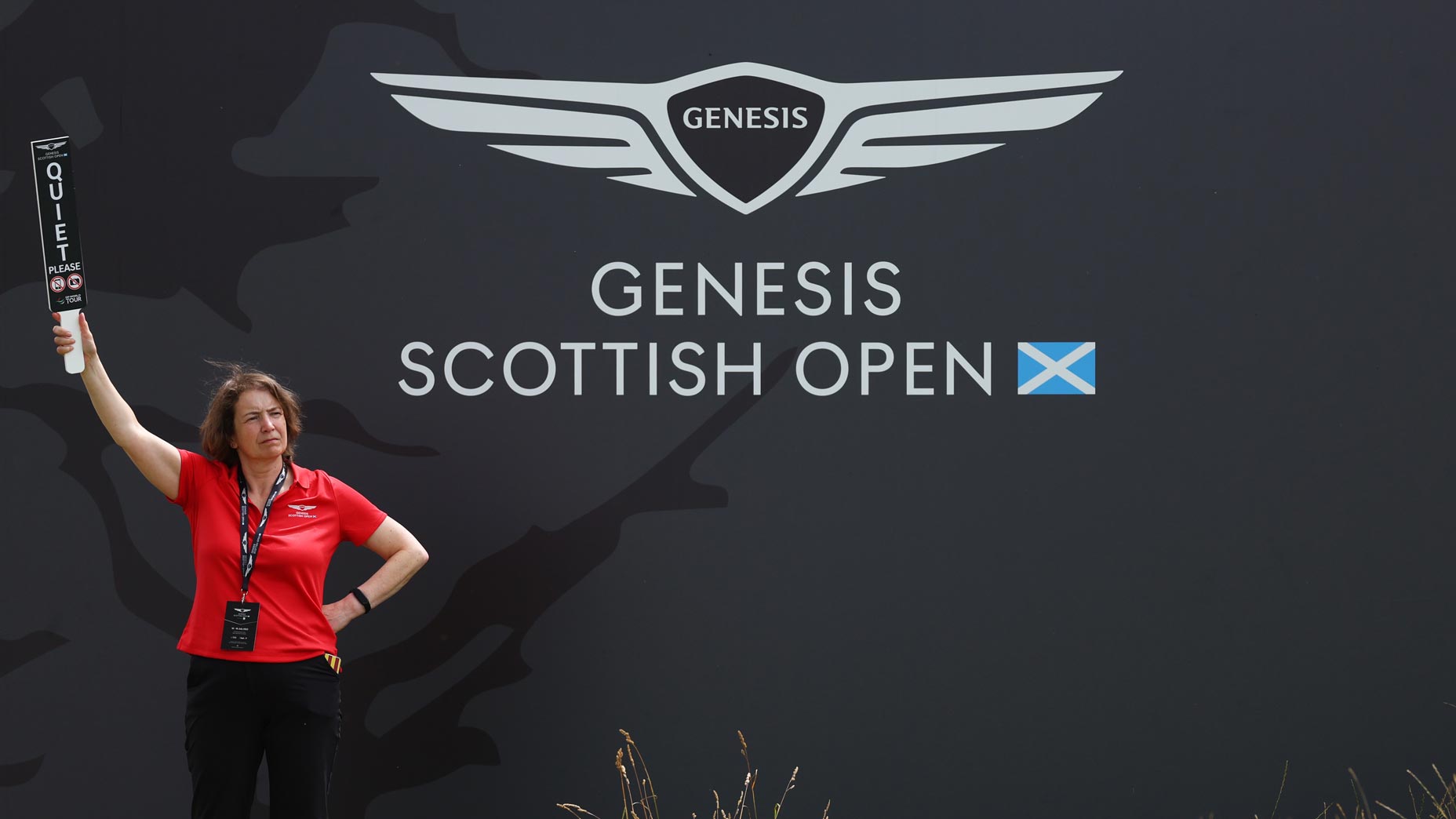The PGA Tour is replete with stretches of holes that brutalize even the best in the game. Many of these terror-filled trios sport colorful nicknames. One of the most memorable is the “Snake Pit,” the closing three holes at Innisbrook’s Copperhead course, home to the Valspar Championship. Year after year, the Snake Pit is guaranteed to bite down hard on players who can’t keep it straight.
Likely the most heroic finish in Valspar and Snake Pit history was in 2015, when Jordan Spieth edged Patrick Reed and Sean O’Hair to gain a playoff victory. Spieth manufactured three incredible par-saves at 16, 17 and 18 to earn the playoff, then buried a 30-footer at 16, the third playoff hole, to seal the win.
Ernie Els, sadly, authored the signature disaster at the Snake Pit, back in 2012. Els, who had stated a few years earlier that “Copperhead is the best course that the PGA Tour visits in Florida,” had the Valspar Championship in his grasp, until a missed 5-footer at 16, a shoved 4-iron at 17 and a missed par putt at 18 left him one shot shy of the playoff.
Here’s a closer look at the three holes that will strike fear in the field this week.

No. 16
Par 4, 475 yards
Known as “the Moccasin,” 16 sports a slender, pine-framed fairway and water off the tee down the entire right side. The right-dogleg played to a 4.210 scoring average in 2017, with bogeys and worse outnumbering birdies by 26 percent to 11 percent. March breezes and the configuration of the lake typically prevent the long and strong from taking shortcuts, yet an overly-powered draw off the tee can run into the pine straw. For control, many pros will use 3-wood off the tee, which then leaves an even longer, tougher shot into the green. While the green itself is large and wide, hole locations on the front and on the right are particularly demanding for any player trying to place his approach close to the hole.

No. 17
Par 3, 215 yards
This hole is aptly named “the Rattler,” because the simple act of finding the putting surface and two-putting for par will give many contenders the shakes. The 17th isn’t a blow-up hole, as is the case with other penultimate par-3s on Tour. Instead, it’s a gut-check of a different sort: a forced-carry, long-iron shot when the pressure is on, to a large, pear-shaped green that’s well-guarded by bunkers and trees. From front to middle, the putting surface is dauntingly narrow. Any hole cut up front or behind the bunkers requires an exquisitely struck shot to get close. Sure, there’s plenty of room in the back of the green, but landing there and putting down to the hole is no easy feat. An over-par scoring average of 3.111 last year is indicative of its difficulty, as only eight percent of the field made birdies, versus 19 percent who bogeyed. Glory can be had, however. Credit South African Charl Schwartzel, whose birdie here in 2016 propelled him to a playoff, where he downed Bill Haas for the Valspar title.

No. 18
Par 4, 445 yards
The namesake 18th is called “Copperhead,” and it bares its fangs throughout. At only 445 yards, it doesn’t strike fear on the scorecard yardage alone. Instead, it menaces with an uphill climb narrowed by trees and bunkers to a semi-blind, severely sloping (back-to-front) green fronted by sand. Again, due to the slender landing area, and to the premium in finding it, many players hit less than driver off the tee, leaving them a l-o-n-g approach. Nearly a quarter of the field played this hole in bogey or worse in 2017, leading to a stroke average of 4.151.






